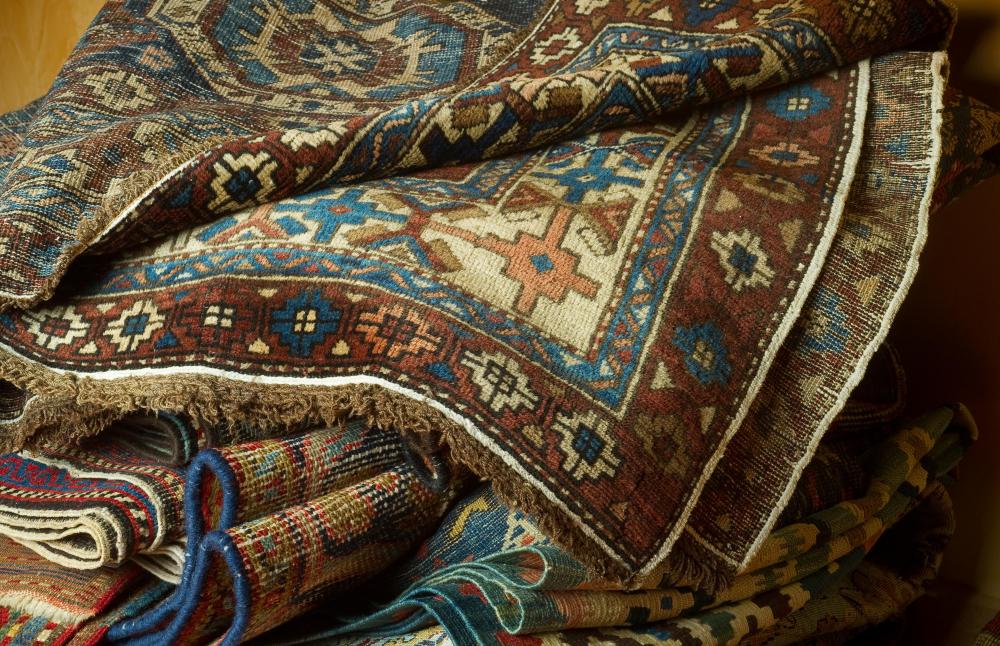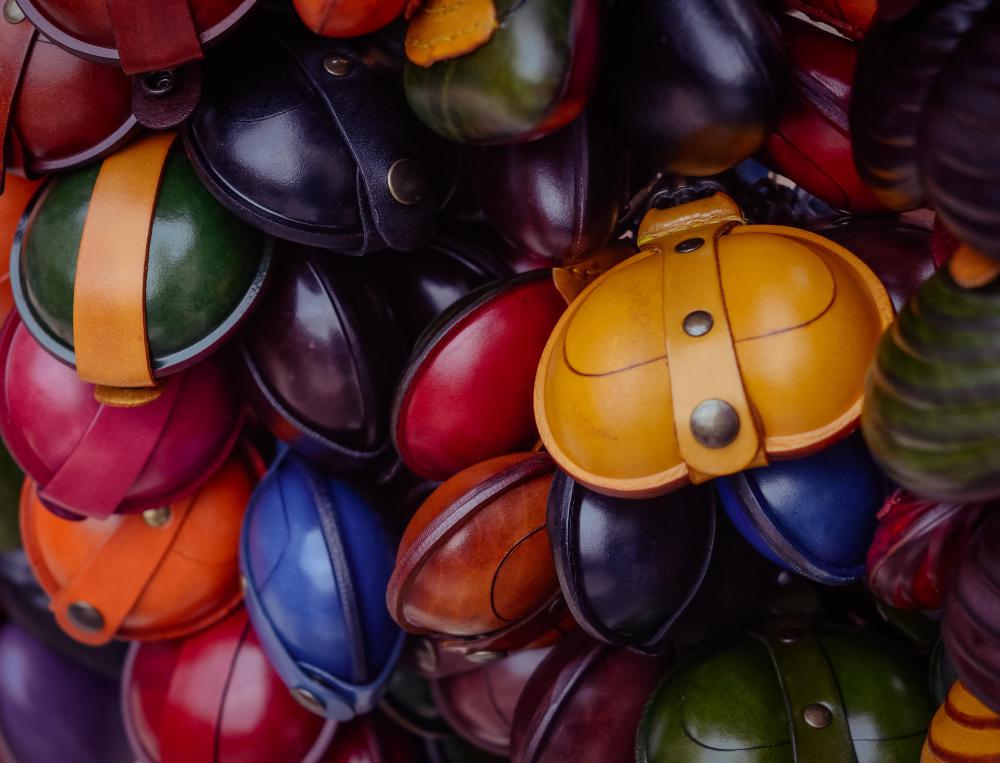At HomeQuestionsAnswered, we're committed to delivering accurate, trustworthy information. Our expert-authored content is rigorously fact-checked and sourced from credible authorities. Discover how we uphold the highest standards in providing you with reliable knowledge.
What is Shellac?
In its most well known form, shellac mixes with an alcohol base to make varnish. Yet shellac, a sticky, yellowish resin, goes through many bizarre stages of evolution as it makes its way from inside a parasitic insect to covering your oak rocking chair. Harvesting the resin off of insects, predominantly in South Asia, remains the only method of cultivating this useful and adaptable substance.
The history of an old gramophone album or Oriental rug dye begins with a tiny insect, Laccifera lacca. Hundreds of these critters hatch out of eggs and scatter over a juicy plant or tree. Immediately, they attach their mouth to a leaf or stem to suck food and water from the host plant for the rest of their lives.

As these "scale" bugs develop from pupa to adults, they gradually excrete a sticky or waxy liquid that encases them in a cocoon. Since they'd be easy targets for predators, these scales detach from their skin and harden to protect them from pecking birds or hungry spiders. In India and Thailand, cultivators allow thousands of these insects to establish themselves on trees like the kusum, palas, and raintree.

This unusual "crop" is maintained for a season, until the time when males leave their scales and females lay new eggs. To harvest the crop, all the bits of stems and bodies and shells of insects are washed off branches to form crude lac. After much washing, filtering, and processing, this becomes seed lac and then refined shellac.
Raw shellac gets its yellow or orange tint from a dye inside the female insect's ovaries. Some woodworkers prefer an amber varnish, while other products bleach the shellac to make a clear sealant. In the past, shellac was used in tanning leather, forming records (before vinyl displaced it), and polishing wood floors. As far back as the 3rd century, people used shellac to dye fabric. Starting in the 16th century, they developed a way to paint it onto wood as a sealer.

Today, shellac covers time-release pills for oral medication, makes yellow and orange food coloring, and seals letters with wax. Since it's non-toxic and edible, other synthetic substances haven't replaced shellac. Even carpenters still value its ability to protect wood from damaging ultraviolet rays. Though it has a strong odor, varnish made from shellac dries quickly and isn't hazardous once cured. It can be used around pets and babies, finishing doors and toy chests, without fear of toxicity.
AS FEATURED ON:
AS FEATURED ON:













Discussion Comments
is furniture shellac the same as nail shellac?
Good definition of shellac! Who knew it came from bugs?
Last I heard M&M's don't use it anymore. However, Reese's Pieces still do.
your site is good.
Of course, that's what makes M&M's taste so good!!
Is Shellac used as the shiny coating on M and Ms Chocolates?
Post your comments